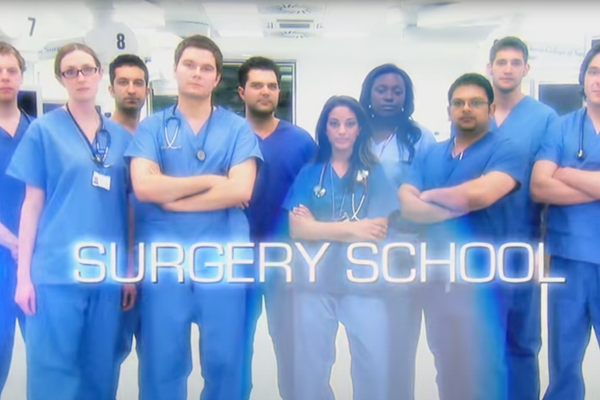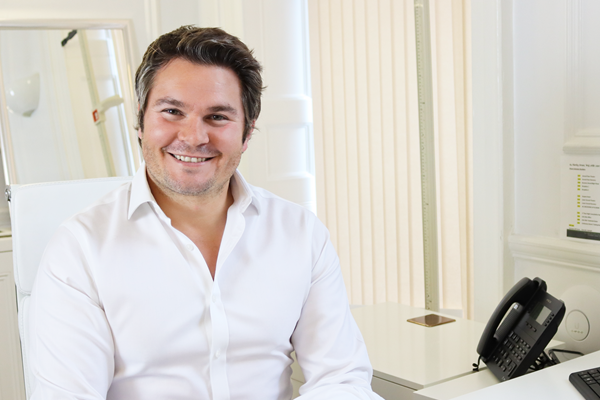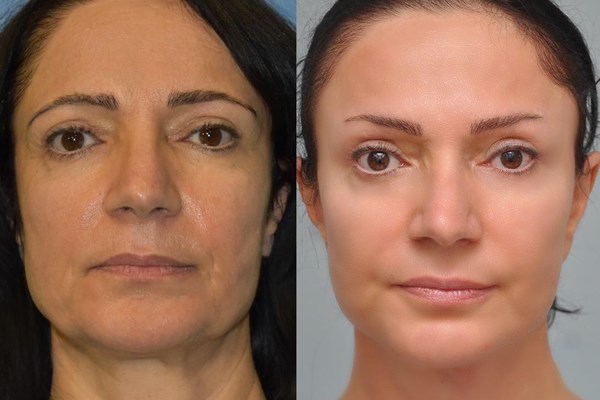
OPINION: Why is the NHS Losing Surgical Talent?
Onur Gilleard, one of ten trainee surgeons featured in ITV’s 2009 documentary series “Surgery School,” claims that the NHS is losing significant surgical talent. Fifteen years after the series aired, Gilleard states he is one of “maybe three” still practicing surgery. He cites financial pressures and family circumstances as primary reasons for the loss of potential UK surgeons annually.





